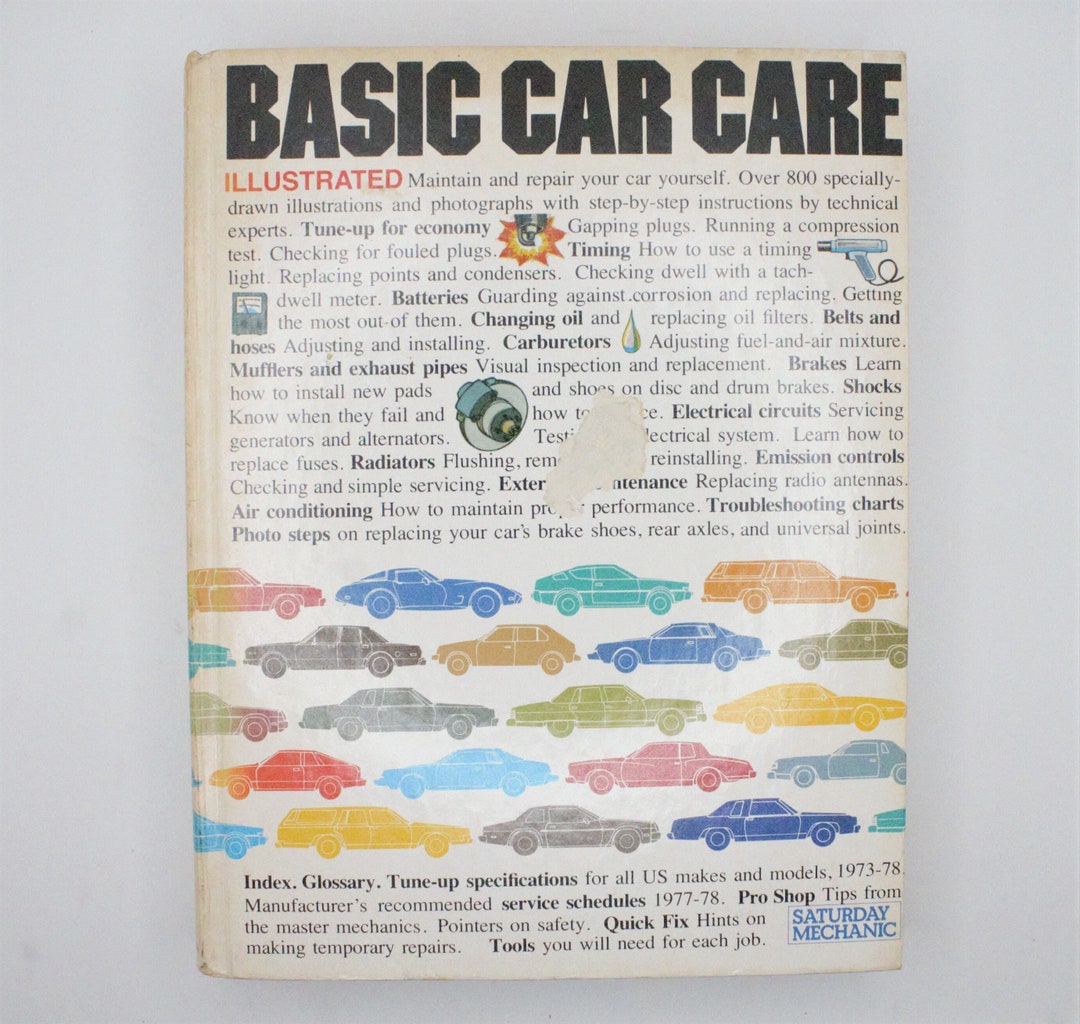To change brakes, the process typically takes around 1-2 hours, depending on the vehicle and the experience of the person doing the job. When doing the task, it is important to follow proper safety precautions and use the appropriate tools.
It is also recommended to consult the vehicle’s manual or seek professional help if you are unsure about the process. Regular brake maintenance is essential to ensure optimal brake performance and safety while driving. Neglecting brake maintenance can lead to issues such as reduced braking power, noisy brakes, or even brake failure, which can jeopardize the safety of both the driver and passengers on the road.
Taking the time to properly maintain and change your brakes is a necessary step in vehicle maintenance.
Common Brake Problems
Experiencing common brake issues? Wondering how long it takes to change brakes? Regular brake maintenance is crucial. Typically, a professional can change brake pads and rotors within 1-2 hours, but this can vary depending on the vehicle’s make and model.
Squeaking Or Squealing Brakes
One of the most common brake problems that car owners encounter is squeaking or squealing brakes. If you’ve ever heard a high-pitched noise coming from your vehicle when you apply the brakes, you know exactly what we’re talking about. This noise can not only be irritating, but it can also indicate a potential issue with your brake system that needs to be addressed.
When brakes squeak or squeal, it is typically due to a phenomenon called brake pad vibration. As you apply pressure to the brake pedal, the brake pads press against the rotor to slow down or stop your vehicle. However, if the brake pads and rotors lack proper contact, vibration occurs, resulting in that annoying noise.
- Brake pads may squeak or squeal due to:
- Poorly lubricated brake components
- Worn brake pads that need replacement
- Low-quality brake pads that produce excessive noise
To resolve this problem, it is important to identify the root cause of the noise. If poor lubrication is the issue, applying a high-quality brake lubricant to the necessary components can help reduce or eliminate the noise. However, if your brake pads are worn or of low quality, it may be time to consider replacing them with new, high-quality pads. Remember, squeaking brakes can not only be annoying, they can also compromise your vehicle’s braking performance, so it’s important to address this problem promptly.
Grinding Noises
Grinding noises are another brake problem that car owners commonly face. If you hear a grinding or scraping sound when you apply the brakes, it is crucial to have your brake system inspected as soon as possible. This noise usually occurs due to the metal-on-metal contact between the brake pads and the rotor, indicating that the brake pads are completely worn out.
If you ignore grinding noises and continue driving your vehicle without replacing the brake pads, it can lead to severe damage to the rotor and other brake components. In some cases, this can even result in a complete brake system failure, putting you and other drivers at risk on the road.
To prevent further damage and ensure your safety, it is crucial to have your brake pads replaced immediately if grinding noises occur. A professional mechanic can inspect your brake system, determine the extent of the damage, and replace the worn brake pads with new ones. Remember, timely maintenance can save you from costly repairs and potential accidents down the road.

Credit: www.etsy.com
Diagnosing Brake Issues
Before you can determine how long it will take to change your brakes, it’s important to diagnose the problem accurately. This will ensure that you only replace the necessary components and save time and money in the process. Here, we will walk you through the key steps in diagnosing brake issues, including checking brake pads and rotors and examining brake fluid.
Checking Brake Pads And Rotors
In order to determine if your brake pads and rotors need replacing, you need to visually inspect them. Here’s how:
- Visual Inspection: Start by removing the wheel to get a clear view of the brake assembly. Look for any signs of excessive wear or damage.
- Measuring Thickness: Use a brake pad thickness gauge to measure the thickness of the brake pads. If they are below the minimum recommended thickness, they need to be replaced.
- Checking Rotors: Inspect the brake rotors for any signs of warping or grooves. If you notice any irregularities, it’s a good idea to have them resurfaced or replaced.
Examining Brake Fluid
Brake fluid plays a critical role in the proper functioning of your brakes. To examine the brake fluid, follow these steps:
- Locate the Reservoir: The brake fluid reservoir is typically located on the master cylinder. Check the fluid level and ensure it is between the minimum and maximum marks.
- Assess the Color: Brake fluid should be clear or slightly yellowish. If it appears dark or murky, it’s an indication that it needs to be replaced.
- Check for Contaminants: Examine the brake fluid for any signs of contamination, such as dirt or debris. If present, it’s essential to have the brake system flushed and the fluid replaced.
By thoroughly checking the brake pads, rotors, and fluid, you can accurately diagnose any issues and determine the necessary steps to resolve them. This diagnostic process will help you estimate how long it will take to change your brakes, ensuring a smooth and efficient repair.
Tools Needed For Brake Replacement
When it comes to replacing the brakes on your vehicle, having the right tools is crucial to ensure a smooth and efficient process. Whether you’re a seasoned DIY mechanic or a first-time brake changer, having the necessary tools at your disposal can make the job much easier. Let’s take a look at the basic and specialized tools required for a brake replacement.
Basic Tools
- Jack: An essential tool for lifting the vehicle to access the wheels and brakes.
- Lug Wrench: Used to loosen and tighten the lug nuts holding the wheels in place.
- C-Clamp: This tool is needed to compress the caliper piston when replacing brake pads.
- Screwdriver Set: Various screwdrivers may be required for removing components such as caliper bolts or retaining clips.
- Brake Cleaner: Helps to clean the brake components and remove any debris or contaminants.
- Shop Towels: Used for cleaning and wiping down components during the brake replacement process.
Specialized Tools
- Brake Caliper Tool: Used for retracting the brake caliper piston, especially on vehicles with rear disc brakes.
- Brake Bleeder Kit: Essential for removing air from the brake system and ensuring proper brake pedal feel.
- Brake Piston Wind Back Tool: Needed for retracting the piston on calipers with integrated parking brake mechanisms.
- Brake Pad Spreader: Helps to spread the brake pads apart to ease installation onto the caliper bracket.
- Brake Fluid Tester: Ensures the quality of the brake fluid, a critical component for optimal brake performance and safety.

Credit: www.linkedin.com
Step-by-step Brake Replacement Guide
Replace your brakes with ease using our step-by-step guide. Discover how long it takes to change brakes and follow our expert advice for a smooth and efficient process.
Preparing The Vehicle
Start preparing for brake replacement by gathering necessary tools like wrench and jack.
- Loosen lug nuts using a wrench.
- Use jack to lift the vehicle for tire removal.
Removing Old Brakes And Installing New Ones
Follow these steps for a successful brake replacement process.
- Remove tire by unscrewing lug nuts and pulling it off.
- Locate brake caliper, remove the bolts securing it, and take it out.
- Replace old brake pads with new ones and reattach the caliper.
- Put the tire back on, tighten lug nuts, and lower the vehicle.
Tips For Quick Brake Repairs
Looking to change your brakes quickly? Follow these tips for a speedy brake repair process. Discover how long it takes to change brakes and get back on the road in no time.
Avoiding Common Mistakes
Incorrect brake installation can lead to safety hazards. Always follow proper procedures.
Make sure to choose the right brake parts to avoid compatibility issues.
Ensuring Proper Brake Bedding
Proper bedding ensures optimal brake performance. Follow manufacturer’s guidelines for best results.
Allow sufficient time for the new brakes to bed in before aggressive driving.

Credit: m.facebook.com
Frequently Asked Questions On How Long To Change Brakes
How Long Does It Take To Do A Complete Brake Job?
A complete brake job usually takes 1-2 hours. The time can vary based on the vehicle’s make and model. Regular maintenance can help prevent costly repairs in the long run.
How Often Do I Need To Change My Brakes?
Brakes need replacement when worn or every 50,000 miles for optimum safety. Regular inspection by a mechanic is recommended.
How Long Does It Take To Replace Brake Pads And Discs?
It typically takes about 1-2 hours to replace brake pads and discs. The exact time can vary depending on the vehicle and any additional repairs needed.
How Long Can A Car Go Without Changing Brakes?
Brake lifespan varies based on driving habits. Generally, brakes should be replaced every 25,000 to 70,000 miles. Regular inspection and maintenance are crucial for safe driving.
Conclusion
Keeping your brakes in top condition is crucial for safety. Understanding the time required for brake changes helps you plan effectively. Whether doing it yourself or seeking professional assistance, this knowledge is valuable. By prioritizing regular brake maintenance, you can ensure your vehicle’s safety and performance.
Stay informed and proactive for a smooth driving experience.